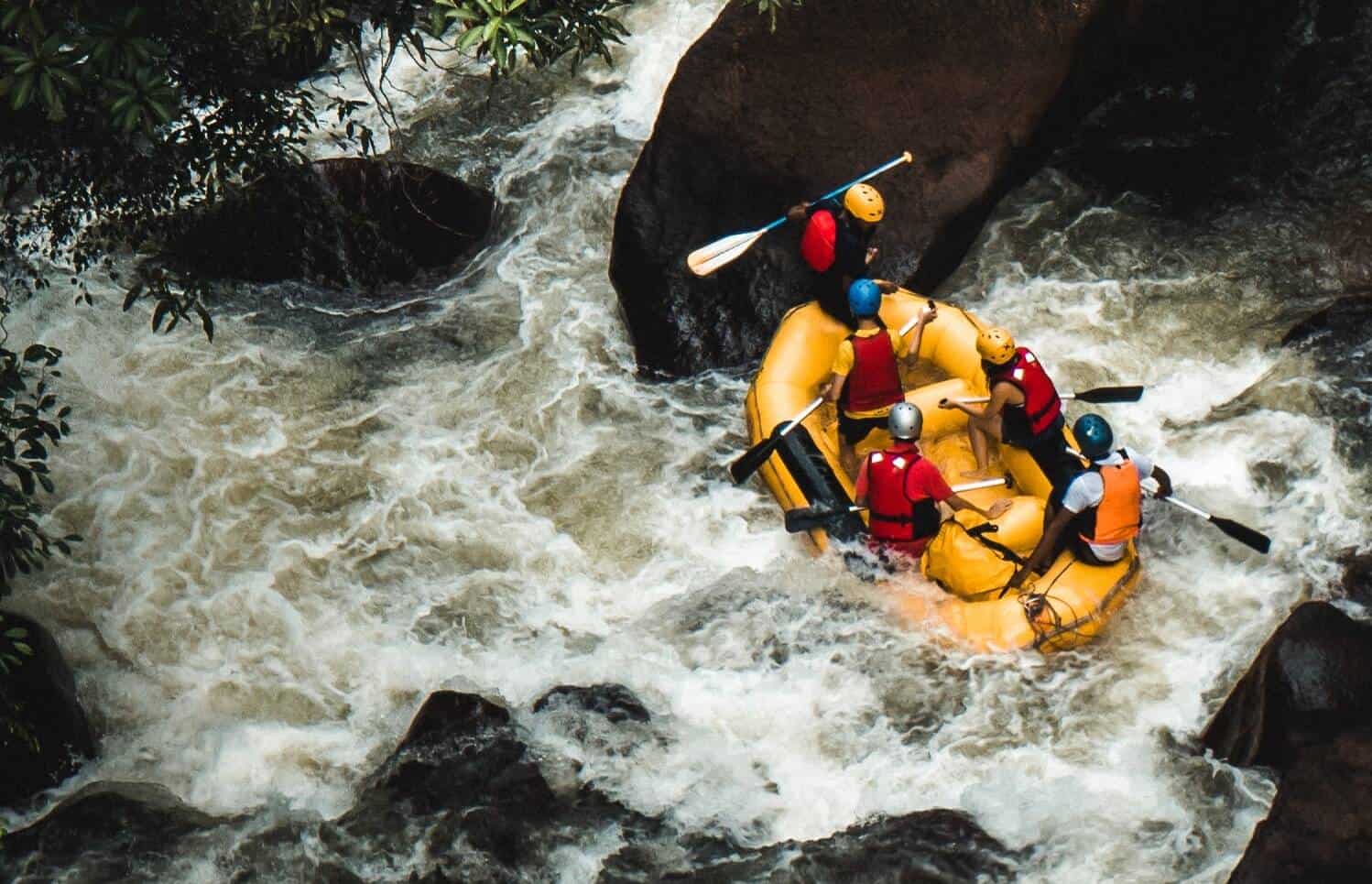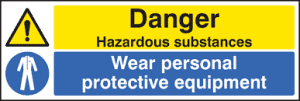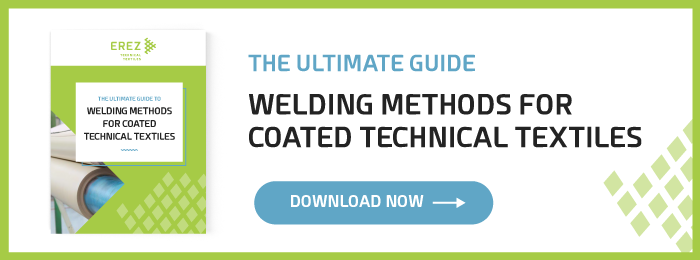Glued Seams Vs. Welded Seams – What Builds a Better Inflatable Boat?
Boats, Welding, coated textile sourcingAug 12, 2020
When it comes to investing in an inflatable boat, the quality of the seams is critical. Nearly every raft is made up of multiple panels held together by seams. If those seams were to fail mid-trip, all of the air would quickly leak out of your boat.
In general, there are two methods for bonding the seams of an inflatable boat: welded seams and glued seams. Evaluating which seam bonding method is the right choice for your boat primarily depends on your expectations for your inflatable boat’s life span.
This article makes the case for welded seams and explains the differences between the different bonding methods and their results that matter to experienced boaters.
The Disadvantage of Glued Seams
When evaluating welded seams vs. glued seams for inflatable boats, the disadvantages of glued seams stand out and must be taken into consideration.
Glued Seams Are Prone To Failure
First and foremost, glued seams are prone to failure. The holding strength of glue diminishes over time so that rafts with glued seams often develop leaks after just a few years. The glue’s failure can happen even sooner if you live in a warm and highly humid area since heat causes seam glue to degrade over time (Hydrolysis).
The Gluing Process is Inconsistent
Glue has to be manually applied to seams, leaving some seams with more consistent adhesion than others. The quality of the glue job depends on a wide variety of factors, including the temperature and humidity at the time the seams are glued. It doesn’t help that glued boats are generally manufactured overseas using unskilled laborers.
Field Repair of Glued Seams is Close to Impossible
Many of the problems with air leaks reported in CSM Hypalon made boats—which are marketed as inexpensive and beginner-friendly—stem from the fact that Hypalon can only be glued. Once your raft develops a leak from a seam on the inflatable boat, proper repair in the field is near impossible.
Environmental Damage
Glue also has negative effects on the environment, which is a concern for most boaters. Organic solvent-based adhesives are highly volatile and can actually impact air quality. Although some solvent-free adhesives are available, these can leach chemicals when they come into contact with water. The resulting contamination isn’t easily biodegraded and can be toxic to river life—destroying the very ecosystem that most rafters enjoy and are dedicated to conserving. Although new glues have been developed that are more environmentally friendly, these are still often not fully biodegradable and amplify existing issues with adhesive breakdown over time.
Glue is Toxic For People Who Work In Manufacturing

The Case for Welded Seams
Welded Seams Offer Superior Strength
For a durable boat that won’t leak air over time, welded seams are superior to glued seams. When seams are welded, the two fabric panels are directly bonded to one another. So, there’s no adhesive that can wear down or fail over time. For example, on rivers in the western US, a white water raft with welded seams can last for fifteen years or more compared to less than seven years for similar rafts with glued seams.
Consistency in the Seam Bond
Welded seams are also much more consistent than glued seams. The welding process uses high temperatures, therefore environmental factors during the manufacturing of the boat do not influence the bonding strength of the boat seams.
Welded Seams Are Easily Repairable – Even In The Field
Another benefit that’s of particular importance to boaters is that welded seams are repairable. Thermoplastic fabrics like PVC and Thermoplastic polyurethane can be re-welded even in the field using a hand-held welding device. You can easily close an air leak and add additional years to the life of your boat.
Welded Seams Are Not Harmful To People Or Environment
Welded seams don’t have any of the same detrimental effects on the environment or human health as glue. Welding is generally safe for manufacturers with proper safety precautions, and welded seams do not have any chemicals that can contaminate the water around your boat.
Building the Best Inflatable Boat
In order to get the most life out of your inflatable boat, it’s critical to opt for a model with welded seams. Welded seams are significantly stronger, more repairable, and more reliable than glued seams. Erez has decades of experience working with inflatable boat manufacturers in sourcing the coated fabric they need for building the highest quality welded rafts.
Share this Post




